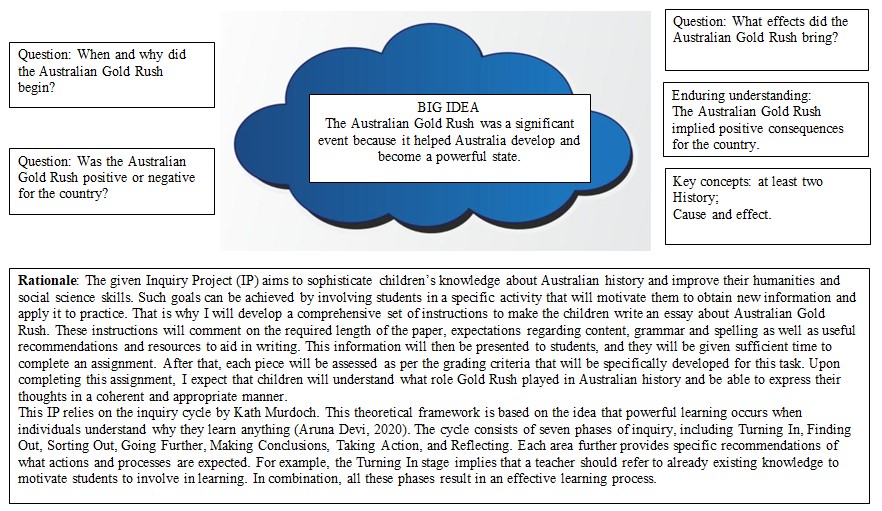
History is a very interesting science since it describes how people lived in the past, how the world developed and many others. Australians should learn the history of their motherland to understand what processes impacted people and the country a long time ago. The Gold Rush was one such process, and it started in 1851, resulting in significant changes for Australia’s society, population and future development.
A gold rush is a process in which many people come to a particular territory because this area has gold deposits. Such events occurred in many states, such as Canada, the USA, Brazil and others. The Australian Gold Rush began in 1851 when locals discovered gold in New South Wales. This event was a surprise for the entire country and the rest of the world, and numerous miners from all over the globe headed to Australia to become find gold and become rich. Victoria, Queensland and Western Australia also attracted newcomers who were looking for precious metals. As a result, more than one million people came to Australia from 1851 to 1871. This process also resulted in the fact that many Asian immigrants traveled to Australia, resulting in engagement between the two. The Australian Gold Rush had many positive effects on the country because there appeared new towns and developed cities with banks, businesses, bridges and others. That process also moved aboriginal settlers deeper into the continent.
In conclusion, it is impossible to say that the Australian Gold Rush was not significant for the whole country. It started in 1851 and positively affected the entire continent. The list of advantages includes new towns and cities with developed infrastructures. This event created good conditions for the further growth of the country, and one million foreigners came to Australia to find gold. This event demonstrated that there was a certain connection between Asia and Australia, and a process in one of them resulted in some consequences for the other one. As a result, it is possible to state that the Gold Rush helped Australia develop and become a strong country.
References
Aruna Devi, K. (2020). Effective teaching through Kath Murdoch’s inquiry cycle. Journal of Critical Reviews, 7(16), 3545-3549.
Fozdar, F., & Martin, C. A. (2021). Making history: The Australian history curriculum and national identity. Australian Journal of Politics & History, 67(1), 130-149.
Gilbert, R. (2019). General capabilities in the Australian curriculum: Promise, problems and prospects. Curriculum Perspectives, 39, 169-177.
Green, D., & Price, D. (Eds.). (2019). Making humanities and social sciences come alive: Early years and primary education. Cambridge University Press.
Reynolds, R. (2014). Teaching humanities and social sciences in the primary school (3rd ed.). Oxford University Press.
Reynolds, R., Macqueen, S., & Ferguson-Patrick, K. (2020). Active citizenship in a global world: Opportunities in the Australian Curriculum: Curriculum Perspectives, 40, 63-73.